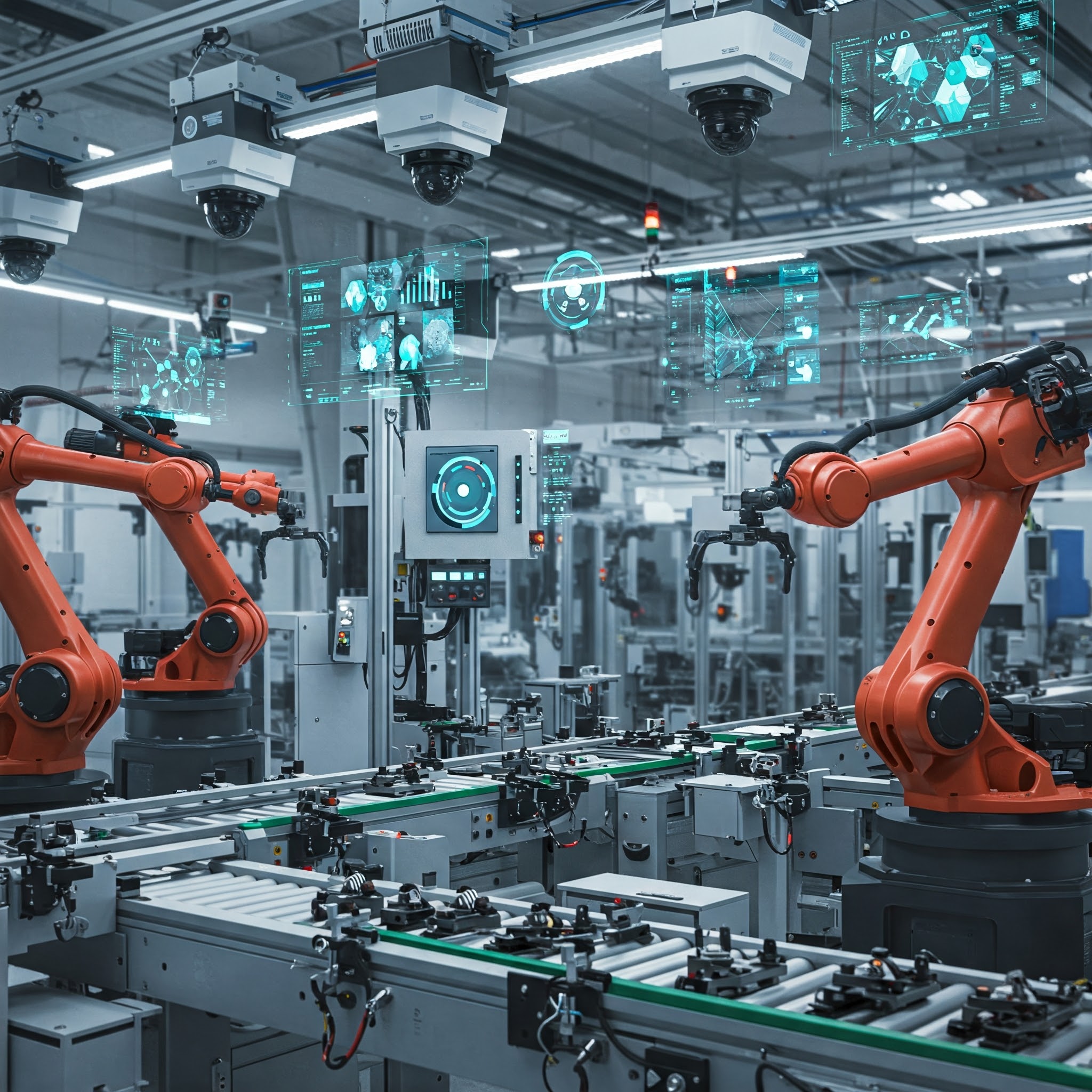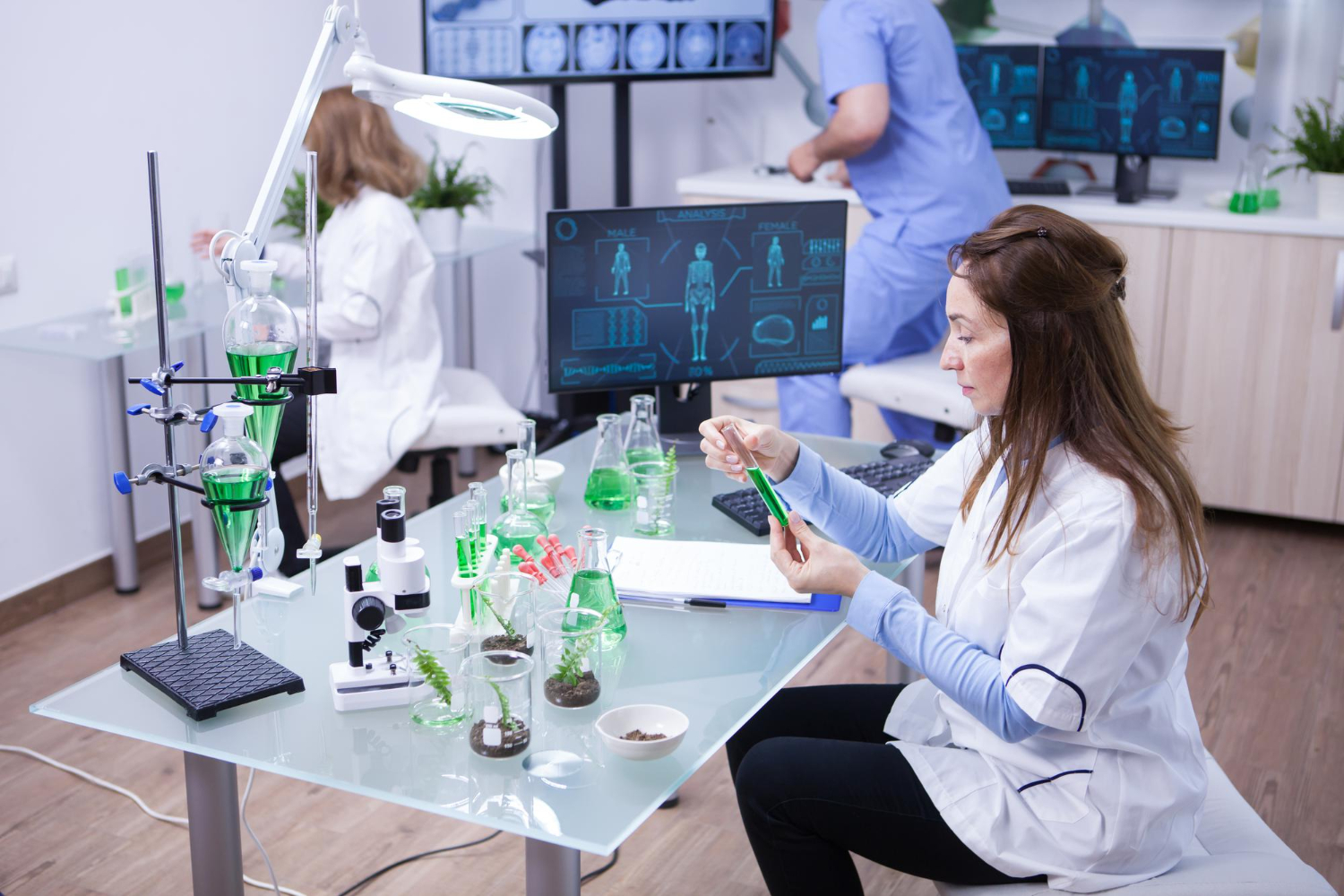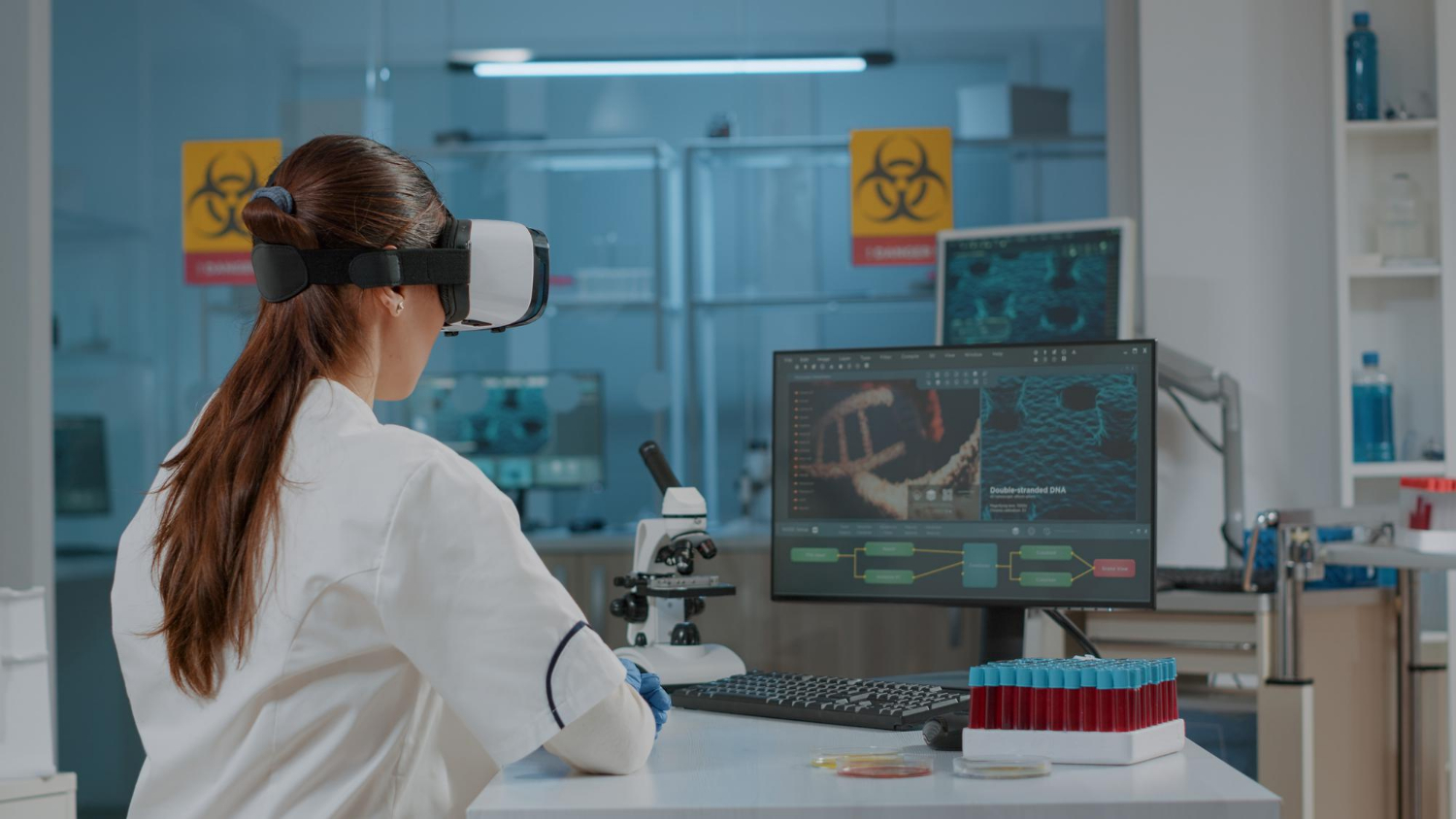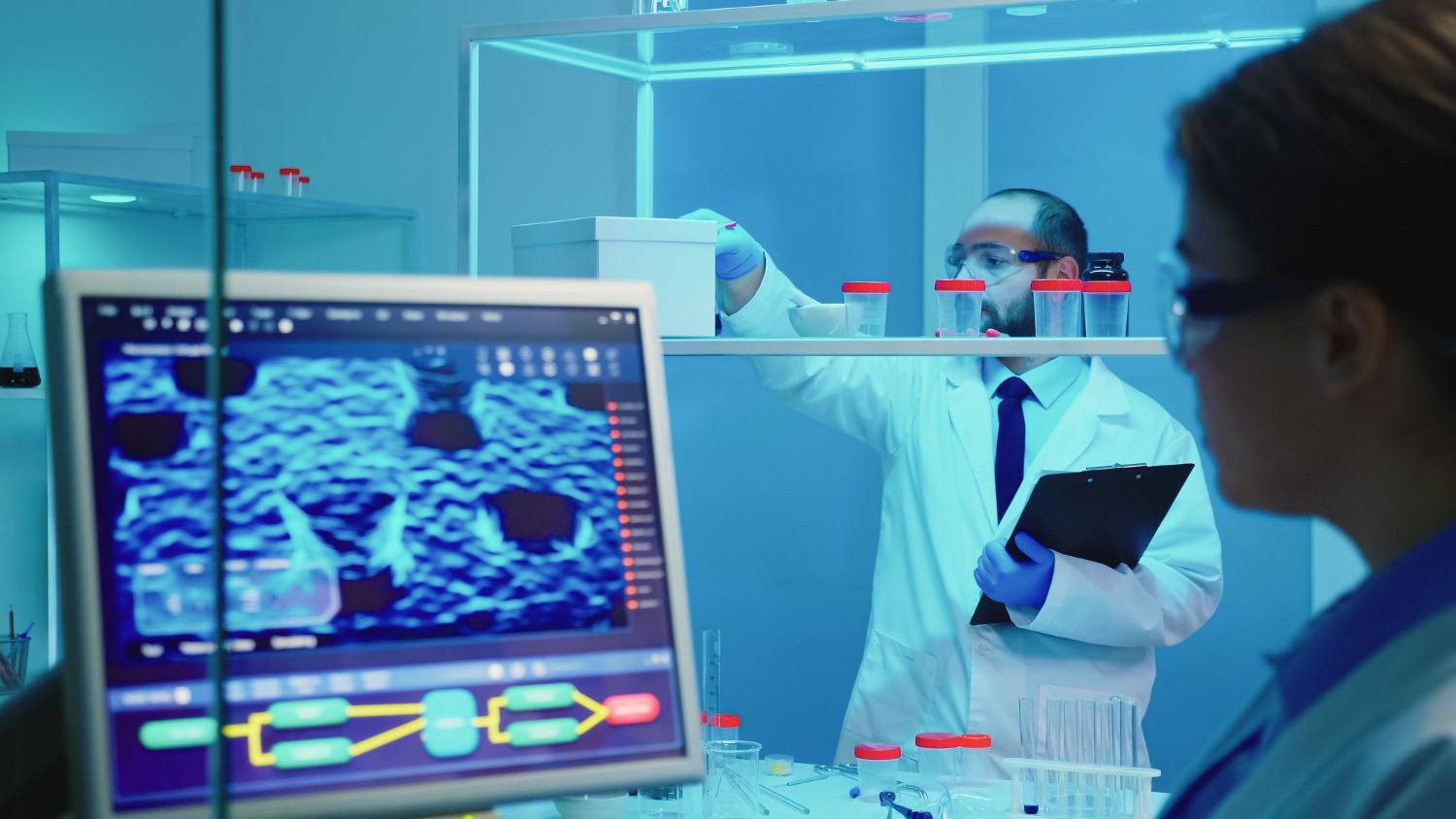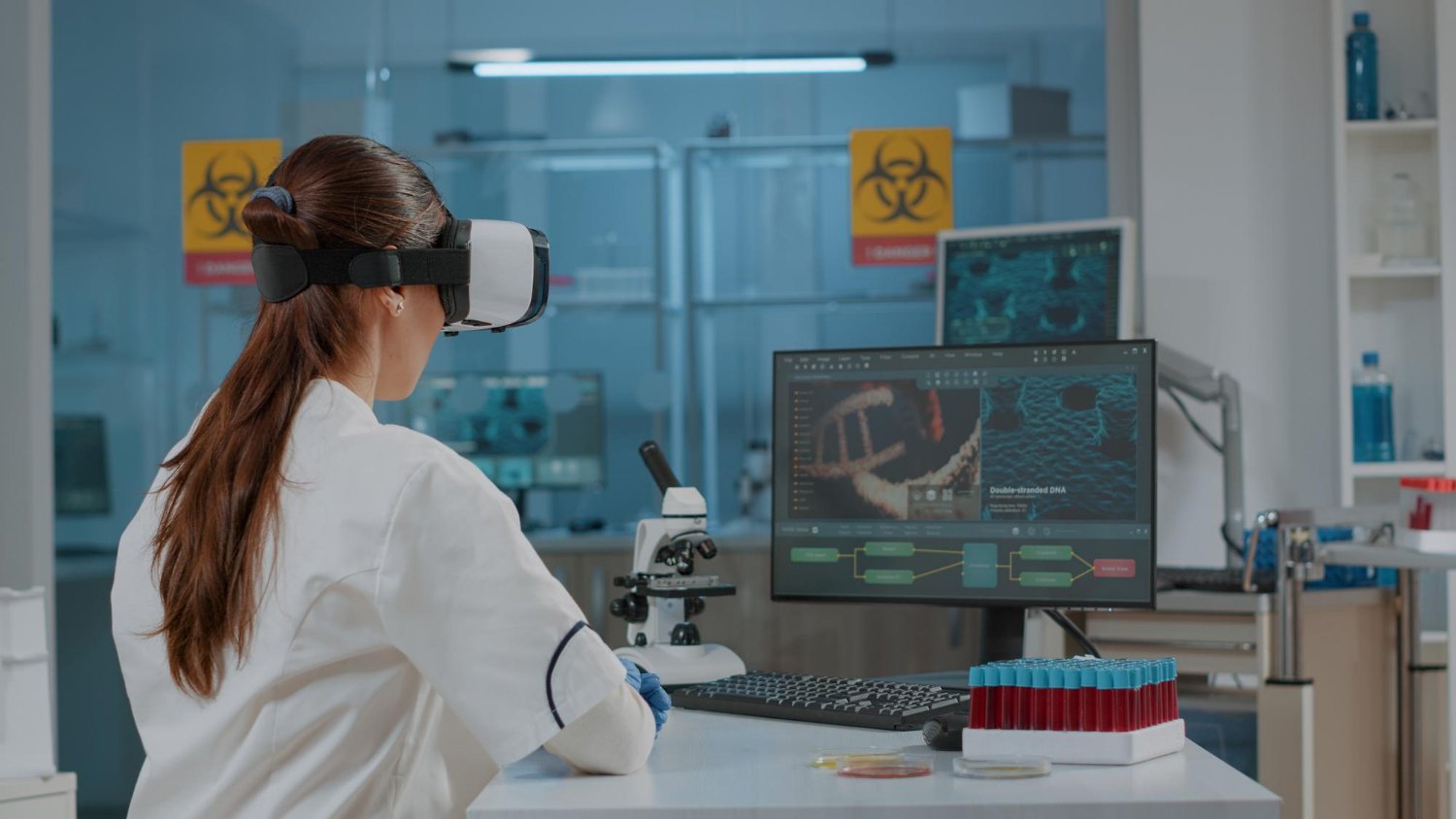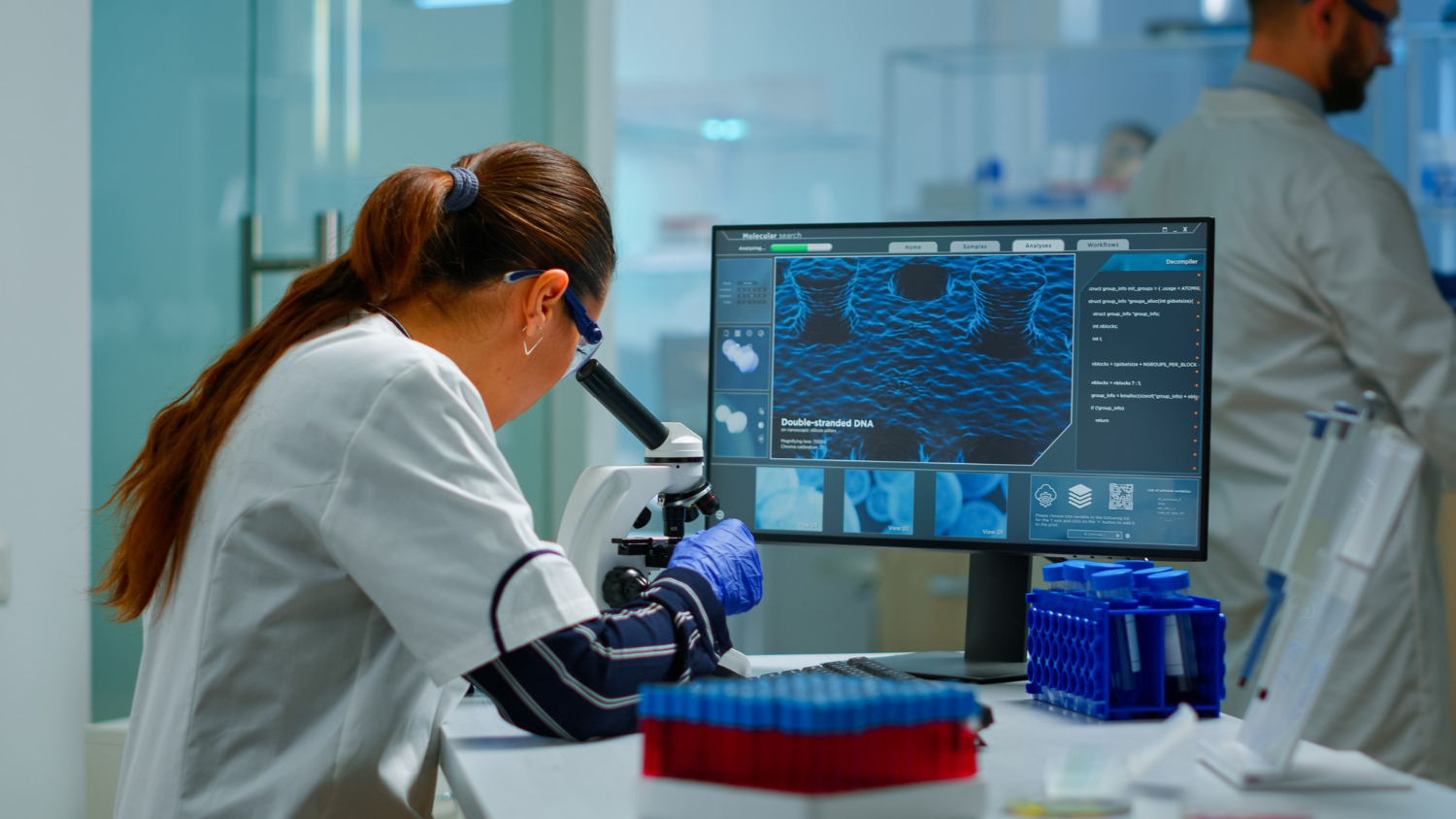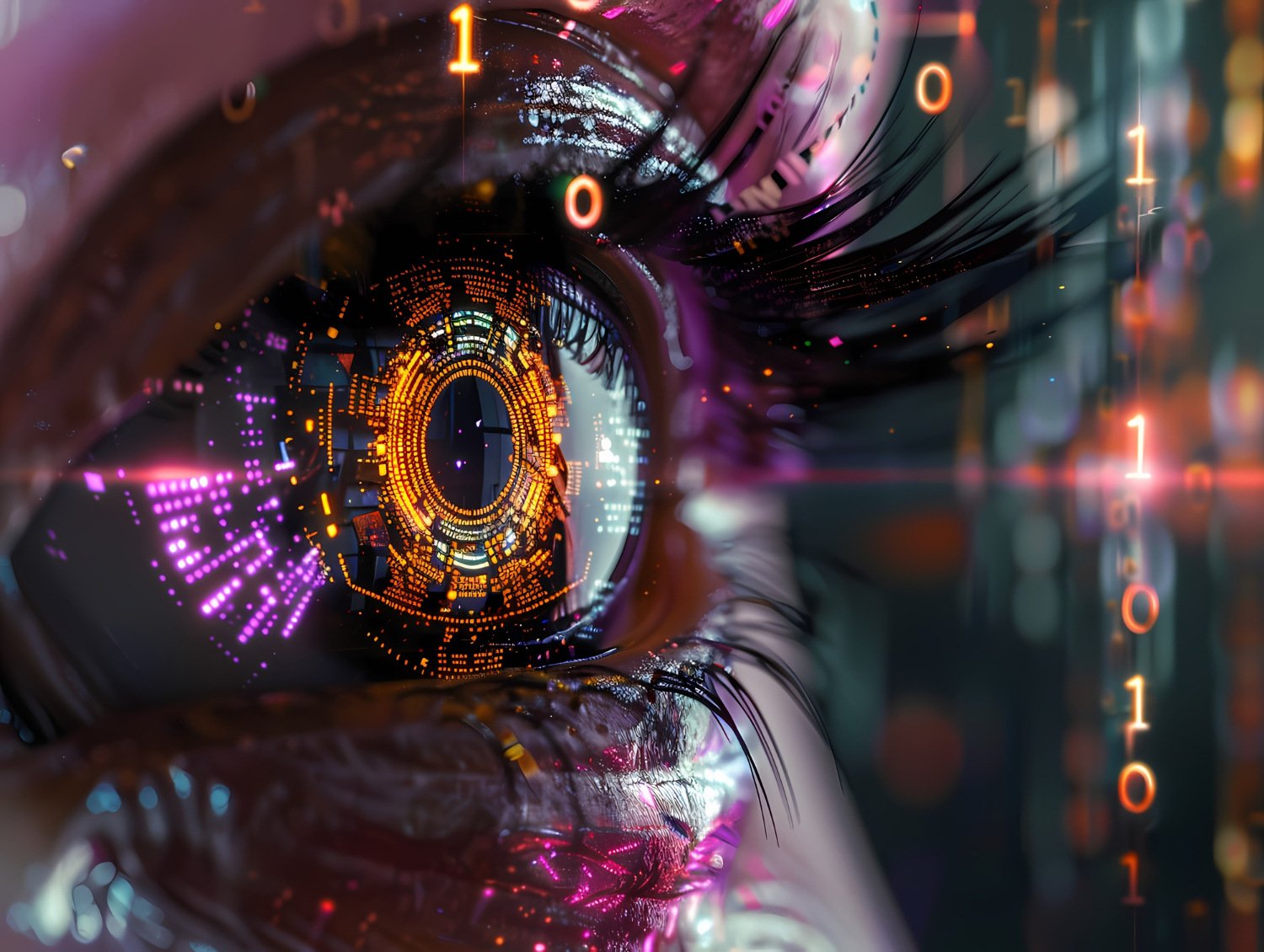Introduction
Computer vision is changing how assembly lines work in the real world. In the past, the production process was slow and often full of errors. People had to check each part by hand, which took time and led to mistakes.
According to IBM, 75% of manufacturing industry leaders now recognise computer vision as essential for achieving their business goals, highlighting the widespread adoption and strategic importance of this technology in modern production environments (Bokhan, 2024).
Now, with computer vision work, machines can see and understand digital images. This helps speed up the production process while catching problems early. These applications of computer vision are used in many factories today. They help spot small issues before they become big ones.
Artificial intelligence (AI) plays a big part in this change. It enables computers to make sense of visual data, just like people do. When computers can see and act, factories can work faster, safer, and better. This blog explains how computer vision, along with AI, is being used in assembly lines to solve problems and improve results.
How Computer Vision Works in Assembly Lines
Computer vision work helps machines see and understand what is happening on the production line. It starts with a camera that captures digital images of the parts or products moving on the line. These images hold important visual data.
One of the key model types used in vision work is the convolutional neural network (CNN). CNNs are built to handle image data, using layers like the convolution layer and the output layer to find patterns and features. For example, a system may use CNNs to classify objects based on shape, size, or colour. While CNNs are common, newer models may be used for more complex tasks where better speed or accuracy is needed.
Let’s say you run a factory that builds mobile phones. With computer vision, the system can check each phone for a cracked screen or missing button. It does this faster than a person, with fewer mistakes. That means fewer broken products reach customers.
By using CNNs and visual data, factories can cut down errors, save time, and make better products. This is how computer vision adds value to everyday production work.
Read more: Computer Vision for Quality Control in Manufacturing
Key Applications of Computer Vision in Manufacturing
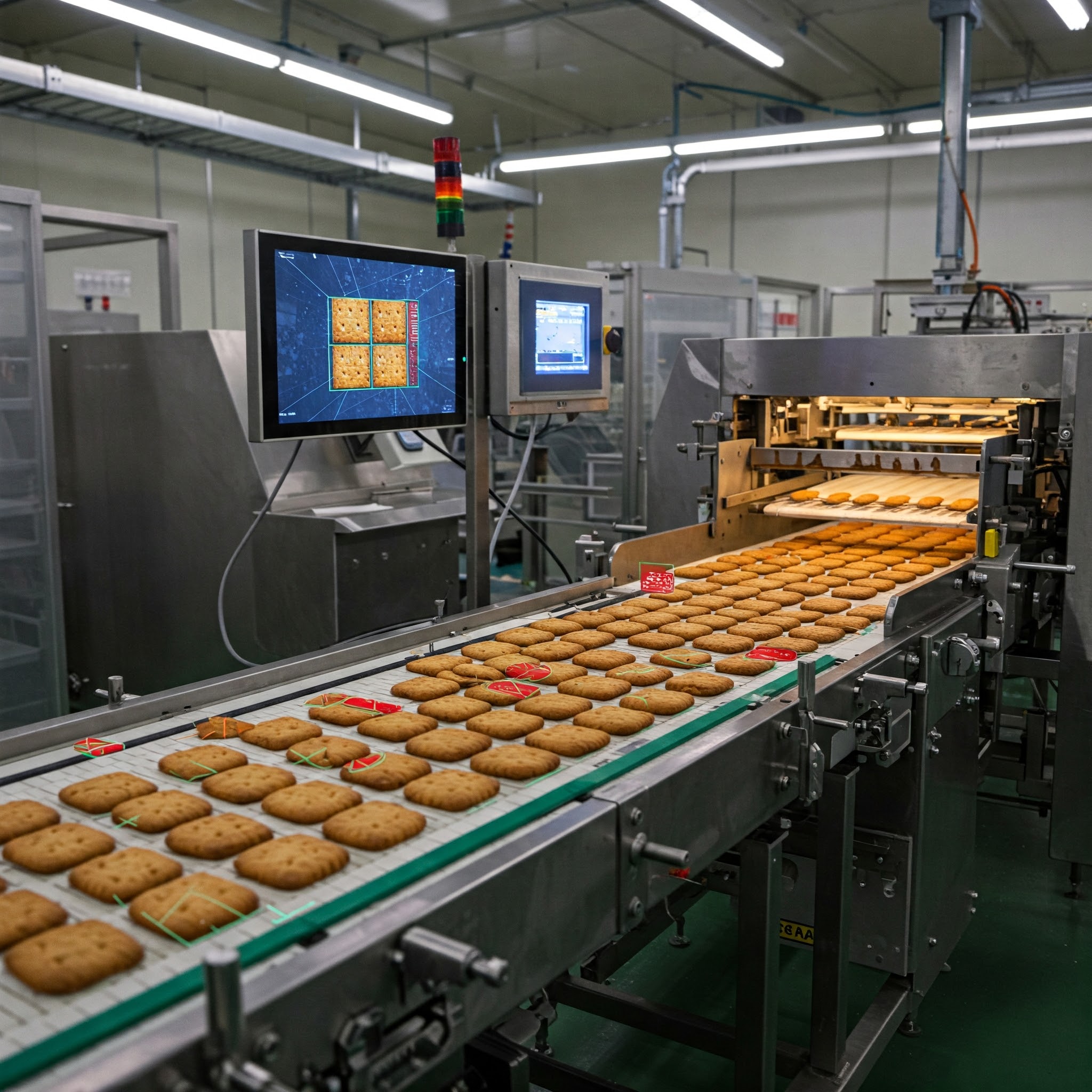
Computer vision is not just about seeing—it’s about doing. In assembly lines, it is used for object detection and image classification. These tools help machines handle specific tasks, like sorting parts or spotting defects.
Object detection helps find where an item is and object recognition tells us what it is. For example, in a car factory, the system can check if all bolts are in place. Image classification helps label what the object is—like “correct” or “faulty”. These tasks work together to make sure every finished product meets quality standards.
Here’s a real-world example. A food company uses computer vision to scan each biscuit on the line. If one is broken or burnt, the system finds it and removes it. This improves quality control and stops bad products from reaching customers.
Another case is in electronics. A company uses computer vision to check the wires in a circuit board. With deep learning algorithms and strong image data, it can spot even tiny problems. This reduces waste and keeps machines running.
These computer vision applications also increase efficiency. They help complete tasks faster and reduce errors caused by humans. Instead of random checks, the system checks every item. That means better results without slowing down the production line.
By using tools like object detection and image classification, factories can meet high standards with less effort and more speed.
AI and Machine Learning for Computer Vision in Manufacturing
Artificial intelligence (AI) and machine learning models are key to smart factories. They help computer vision systems learn from image data and work better over time.
Machine learning algorithms train the system to spot patterns in images. Deep learning models go a step further by using many layers, such as convolution layers, to catch fine details. For example, the system may learn to find cracks in metal parts by looking at thousands of photos.
Training deep learning models takes a lot of computational power. However, once trained, these models can run fast and at a lower cost. With smart use of GPU acceleration and edge computing, we can make them run in real time without using too much power. This lets the system check each product on the line—fast, cheap, and non-stop.
Let’s say a company makes electric car parts. They use AI systems with deep learning models to scan image data of each battery. These tools help spot leaks or damage before the part leaves the factory. It saves money and improves safety.
The output layer of the neural network, in the case of Binary Classification, gives the final answer, like “pass” or “fail.” All of this happens in seconds.
In short, AI and machine learning allow computer vision to do complex jobs quickly and with fewer errors. With enough data and computing power, the system keeps learning and improving. That’s why more and more factories are turning to these tools to stay ahead.
Read more: Computer Vision in Manufacturing
Challenges and Solutions in Automating Assembly Lines
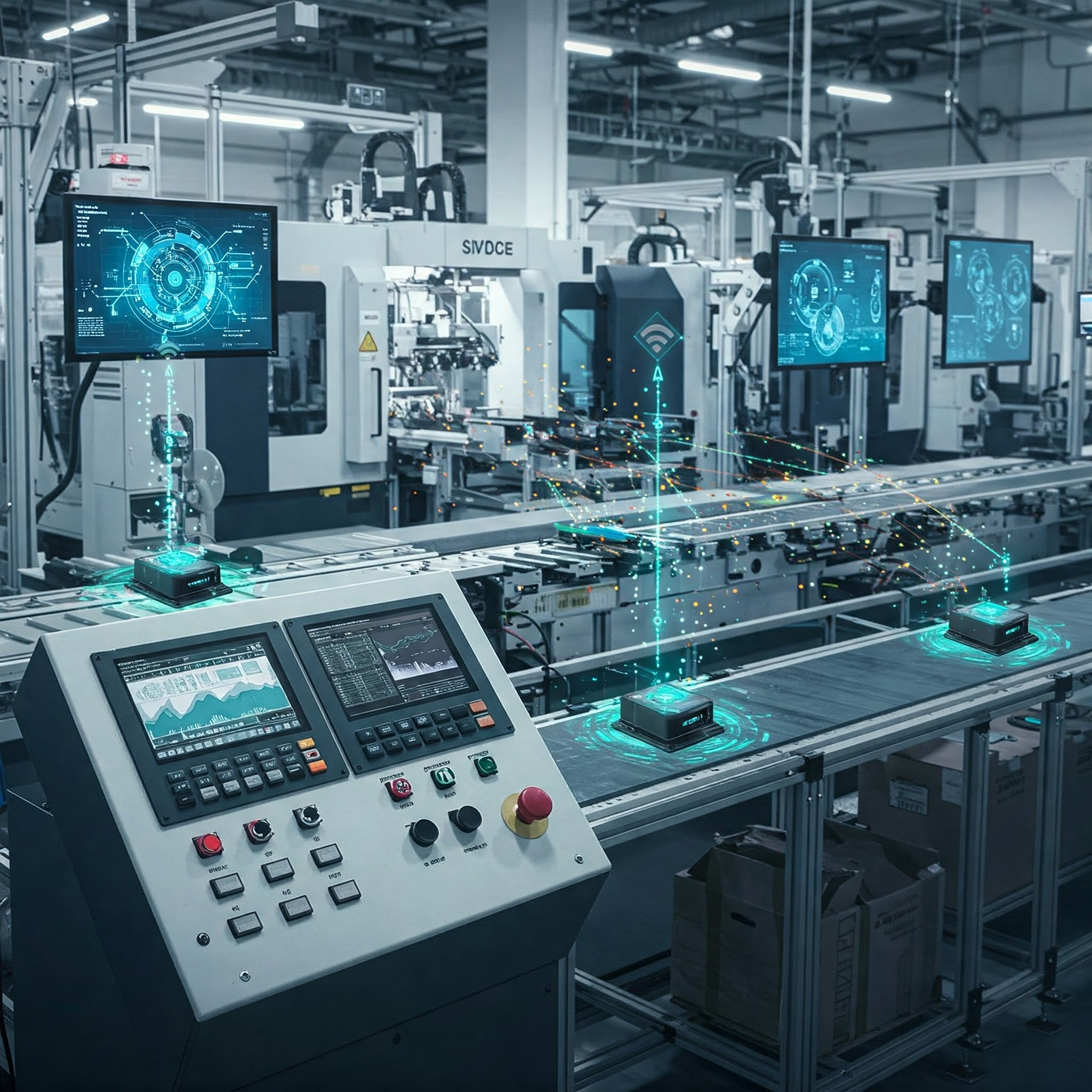
When training models from scratch, they must see many images before they work well. Even though computer vision helps a lot, it also comes with some significant challenges. One problem is the time-consuming work of training deep learning algorithms. This can slow things down at the start.
Also, the manufacturing process creates loads of data. Processing all this image and video data in real time needs serious computing power. Without help, this can lead to slow systems or delays in the vision application.
But there are smart solutions. IoT edge computing moves data processing closer to the machines. Instead of sending data to the cloud, it’s done right on the factory floor. This reduces wait time and speeds up decision-making.
GPU acceleration is another key fix. GPUs can handle thousands of image tasks at once. This makes deep learning algorithms much faster. With GPUs, the system can run in real time and manage complex tasks without delays.
For example, a bottling plant added edge computing and GPU tools to its vision system. Now, the system spots missing labels or wrong caps in real time, without stopping the line.
Experts from Deloitte estimate that digital lean transformation—driven by computer vision and AI—can improve general equipment effectiveness (OEE) by 11% annually and decrease costs by 15% per production line per year, generating an average improvement of $20 million yearly in EBITDA for manufacturing operations (MindTitan, 2024).
By using edge computing and GPUs, manufacturers can solve speed problems and handle more tasks at once. This makes computer vision work better and more reliably, even under pressure.
Read more: Computer Vision for Production Line Inspections
Future Trends: From Manufacturing to Autonomous Vehicles
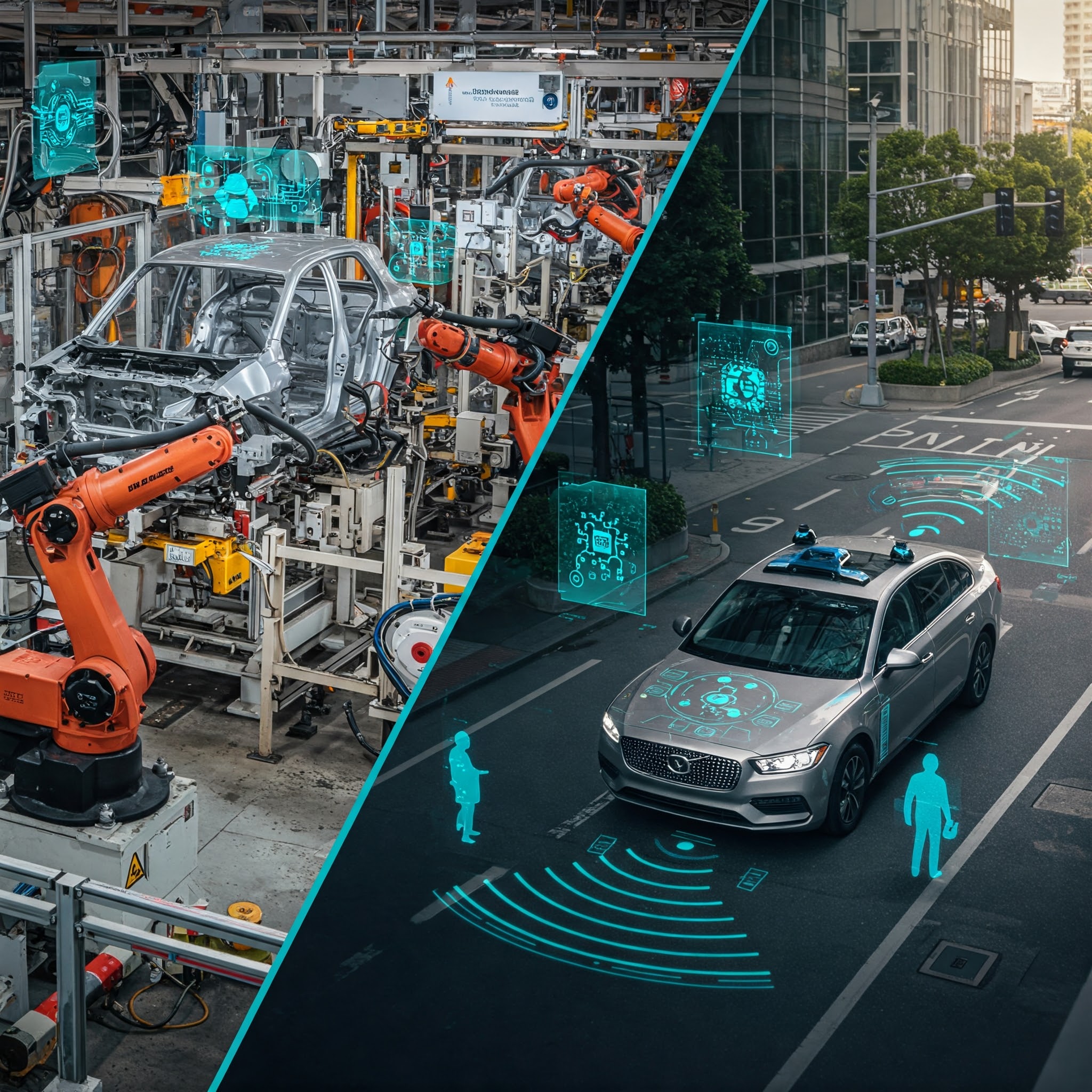
The future of computer vision is not just in factories—it’s on the roads too. The same tools used on assembly lines are now helping with driving cars and autonomous vehicles.
In both cases, the system must see the world and make quick choices. In factories, it checks parts. On the roads, it watches signs, people, and other cars. Both need strong pattern recognition to work safely and correctly.
One exciting trend is how lessons from factories are used in healthcare, too. In medical imaging, computer vision helps doctors find tumours or spot bone damage. It’s just like how the system checks a product for cracks—but here, it’s helping people.
The link between manufacturing and real-world use is growing. From fast image classification in cars to fine-tuned tools in hospitals, the same tech is being applied in new ways.
The global computer vision in manufacturing market is projected to grow from $8.00 billion in 2024 to $18.86 billion by 2030, at a compound annual growth rate (CAGR) of 15.36%, underscoring the rapid expansion and increasing investment in this technology (360iResearch, 2025).
As computer vision keeps improving, we’ll see more real-world uses that go beyond the factory floor. And it all starts with the same tools—vision systems, AI, and smart models trained on real images.
How TechnoLynx Enhances Computer Vision for Smart Manufacturing
At TechnoLynx, we build smart computer vision tools that help factories run better. Our systems are made to fit your production process and improve every step of the job, from start to finished product.
We use strong AI systems and well-trained machine learning models to power our solutions. These tools can see and understand image data fast. They check for errors, sort items, and track progress on the line. They also keep learning as they work, so they get better with time.
Our applications of computer vision include quality checks, part tracking, and object sorting. We use GPU acceleration to speed things up and IoT edge computing to cut delay. This means our tools work in real time without slowing your line down.
With TechnoLynx, you get smart systems that are easy to use, quick to install, and made for your real-world needs. We don’t just offer tech—we offer results that help you grow.
Read more: Computer Vision Applications in Autonomous Vehicles
Conclusion
Computer vision is changing the way we build and check products. From start to end, it makes the manufacturing process faster, safer, and more accurate.
These are real-world applications that cut errors, improve quality, and increase efficiency. With smart AI systems and machine learning models, factories can do more with less effort.
If you’re ready to upgrade your factory, now is the time. Let TechnoLynx show you how computer vision can make your work smarter.
Contact us today to explore the right solution for your needs.
References
-
360iResearch. (2025, April). Computer Vision in Manufacturing Market by Application Areas (Industrial Robotics, Process Control and Optimization, Quality Assurance), Industrial Verticals Utilized (Automotive, Electronics and Semiconductors, Food and Beverage), Technological Components. 360iResearch
-
Bokhan, K. (2024, May 23). Computer vision in manufacturing: What, why, and how? N-iX
-
MindTitan. (2024). Computer vision in manufacturing: the top 9 use cases in 2024. MindTitan

